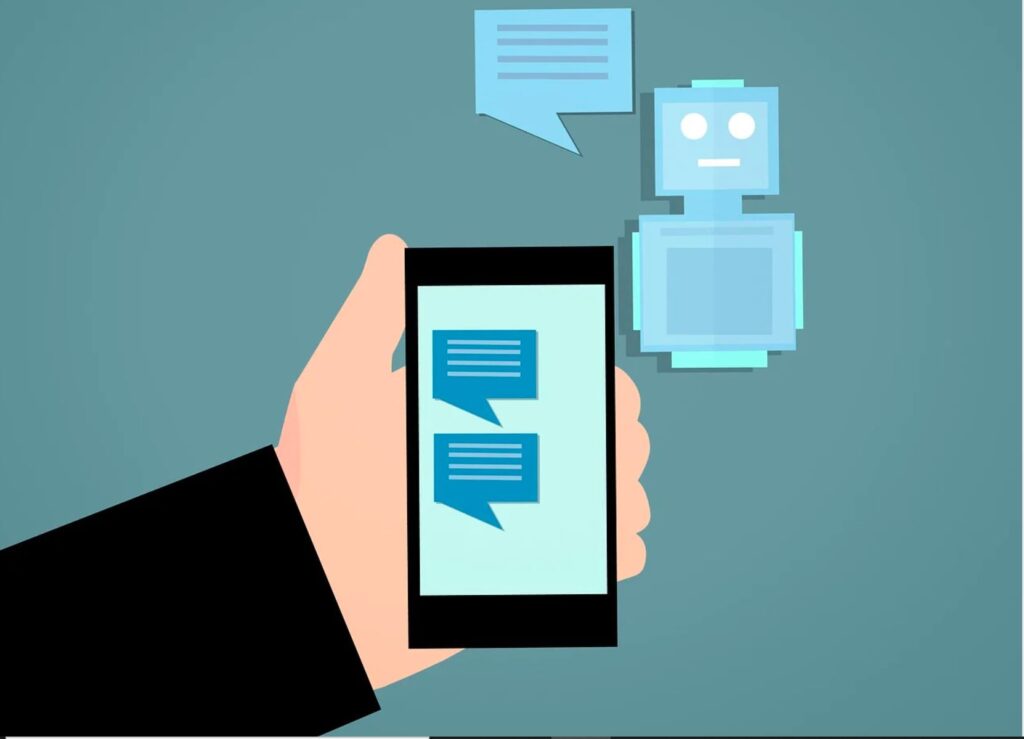Conersational AI, when implemented with the right messaging flows can help enhance the entire online buying and selling experience while enabling better customer interactions and convenient shopping models.
2020 witnessed a significant rise in online transactions, eCommerce and online sales. This shift is slated to continue in part due to the ease it offers end users and the convenience it can provide product innovators. With the right choice of sales technologies and martech systems, brands today can easily facilitate large-scale growth even if they have lean teams on their side.
Among the various benefits that conversational AI can offer lies its crucial ability to empower overall sales teams and sales processes. But for conversational AI platforms to be configured in a way so as to provide the right value to a brand, a few criteria need to be considered.
Here’s what can help!
Read More: ServiceNow Named A Leader In The 2021 Gartner® Magic Quadrant™ For Enterprise Low-Code Application…
Identifying Buying Intent
AI platforms can be great sales enablers, if implemented well. To be able to add value to your overall sales output with conversational AI, brands should identify the following before building out a workflow.
For conversational AI to do its job and allow sales people to focus on other key areas of their sales process, a conversational AI platform has to be able to identify buyer intent, be able to respond in real-time as per this buying intent with the right message, give sales teams the ability to segment incoming chats and leads based on their behavior and interest-levels, while also leveraging predictive analytics to help recommend best-fit products and services to users based on what they need most. When a conversational AI system is set up to help identify these points in a customer or prospect conversation, it can help sales people collate all their data and understand what next steps should be taken to push more sales value.
Promoting Other Sales Channels
Most brands today are expected to maintain a consistent presence across an array of online channels and also ensure that their websites or product pages are optimized for different devices.
Optimizing your conversational AI platform to further engage customers through various other online channels and to keep the conversation going can renew interest in the brand and also allow users to feel more connected. This is where marketing and sales teams have to collaborate on what kind of messaging is to be fit into their conversational AI platform with the aim of engaging prospects and future customers for the long term.
A simple example: when a prospect is on your site, using your conversational AI to nudge them to ‘’participate in your ongoing Twitter chat’’ for example or ‘’share their product experience on Facebook’’ is a good way on continuing the conversation. This requires marketing and sales teams to work backwards and align on what kind of campaigns can be run in tandem with what the conversational AI bot says to prospects, to drive further interest and long-term engagement.
Research suggests that chatbots can help boost sales by 67% on an average, when implemented with the right framework, it can help boost revenue too through multiple communication platforms.
Read More: SalesTechStar Interview With Greg Armor, Executive Vice President Of Sales, Gryphon.Ai
Enabling buyers across the various stages of their buying journey
Chatbots and conversational AI can be framed to reduce issues like cart abandonment in eCommerce while also prompting prospects and online visitors to make a purchase. Using your chatbot to clearly portray the key features and value of your services while also leveraging it to showcase your value proposition can drive interest. But to ensure your conversational AI tool can add to eventual sales, the messaging flow has to cater to the typical buying journey of your prospect base so that it can provide real-time assistance and address any pressing query immediately, especially those related to payments, other FAQs, contract doubts and more.
Creating a healthy sales ecosystem today is easier because of the kind of tools and salestech capabilities that sales teams are exposed to. But in many cases, research suggests that sales teams do not fully optimize the core features of their salestech stack. Before implementing a new technology, it is crucial to identify what you can do with it and how you can drive real business value and ROI from it. This creates a good framework to help set up the tool in a way that works best for your brand and eventual goals.





















